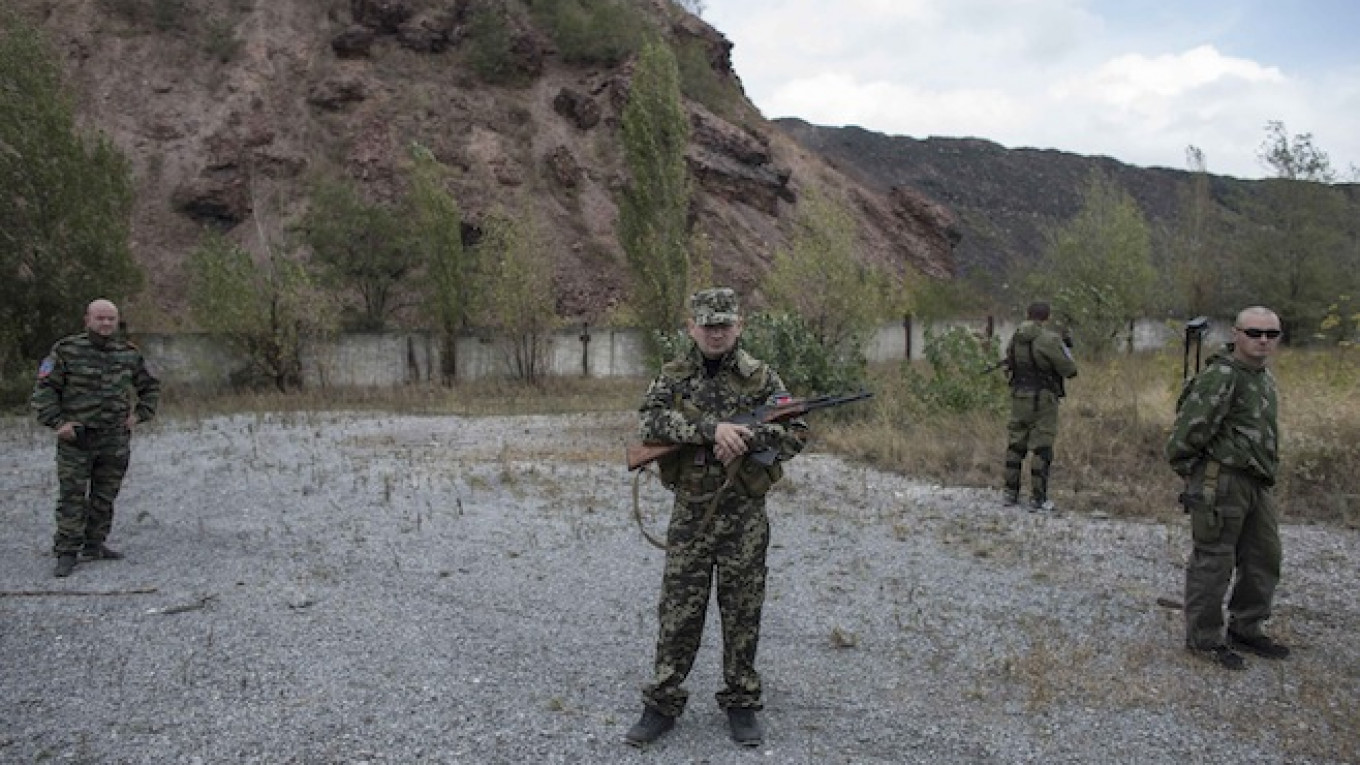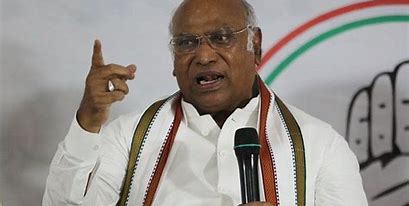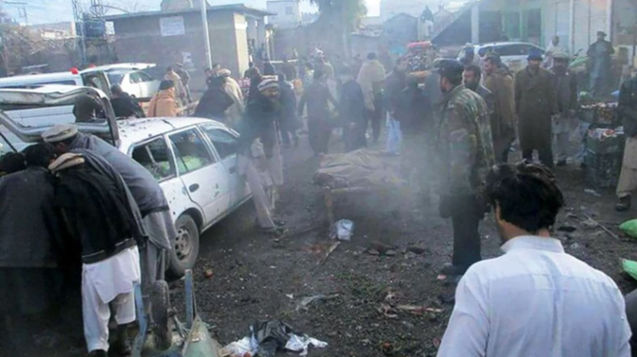On Wednesday, President Volodymyr Zelensky reported that Ukrainian forces had made significant advances into Russia’s Kursk region, marking the continuation of Kyiv’s largest cross-border offensive since World War II. The Ukrainian military, which began its incursion into Kursk on August 6, has captured numerous settlements in what is considered the most substantial foreign military action on Russian soil in decades.
In his evening address, Zelensky highlighted the progress made, noting that Ukrainian troops had achieved their strategic objectives and advanced by “one to two kilometers (0.6-1.2 miles)” in various locations throughout the day. Earlier in the day, he had shared these gains via social media.
Interior Minister Igor Klymenko announced plans to establish a “buffer zone” in the Kursk region to shield Ukrainian border communities from ongoing Russian shelling and attacks. This move aims to bolster defenses against daily hostilities.
Meanwhile, the nearby Russian Belgorod region has declared a state of emergency due to severe Ukrainian shelling and drone strikes, with local officials describing the situation as “extremely difficult.” According to an AFP analysis based on data from the Institute for the Study of War (ISW), Ukrainian forces have made substantial advances, covering at least 800 square kilometers (310 square miles) of Russian territory as of Monday.
Russia’s defense ministry claimed it had thwarted Ukrainian efforts to penetrate deeper into Kursk, stating that attempts by Ukrainian units to advance using armored vehicles had been repelled.
Since Russia’s invasion of Ukraine in February 2022, Russia has occupied parts of southern and eastern Ukraine and launched numerous missile and drone attacks. Despite a counter-offensive by Ukraine in 2022, progress was limited, and the anticipated gains did not fully materialize.
Ukraine has stated it will not retain the captured Russian territory and has offered to cease operations if Russia agrees to a “just peace.” Foreign Ministry spokesman Georgiy Tykhy emphasized that ending raids would depend on Russia’s willingness to negotiate peace.
US President Joe Biden remarked that the Ukrainian incursion presented a significant challenge for Russian President Vladimir Putin. The conflict has prompted over 120,000 Russians to flee the Kursk region. Ukraine has promised to establish humanitarian corridors for evacuations and to allow international humanitarian organizations into the area.
In Kursk’s Sudzha, Ukrainian soldiers were seen removing a Russian flag from a building, chanting “Glory to Ukraine!” The situation has caused alarm among Russians, with many feeling the conflict’s proximity has heightened their anxiety.
Putin has vowed to remove Ukrainian troops from Russian territory, accusing Kyiv of using the offensive to enhance its bargaining position in potential future negotiations.
On the Ukrainian side of the border, evidence of intense fighting was visible, including toppled fortifications and damaged buildings. Ukrainian forces also targeted several Russian military airfields with long-range drones, marking one of the largest attacks on Russian airfields during the war. This action was intended to disrupt the use of these facilities for launching further strikes.







